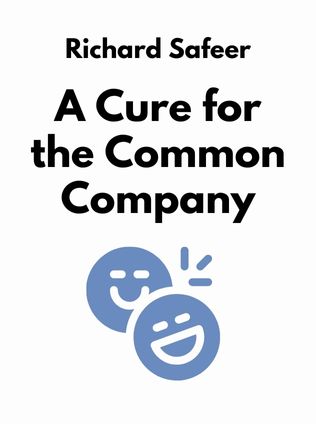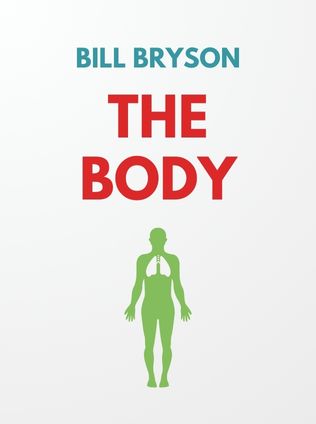
A Cure for the Common Company
A Well-Being Prescription for a Happier, Healthier, and More Resilient Workforce
By Richard Safeer
Published 01/2023
About the Author
Richard Safeer, MD, is a renowned physician specializing in lifestyle medicine. With extensive experience in organizational well-being, Dr. Safeer has dedicated his career to helping companies create healthier work environments. He is passionate about the intersection of workplace culture and employee health, and his work has influenced numerous organizations to prioritize well-being. Dr. Safeer's unique approach combines medical expertise with practical strategies for fostering a supportive and health-focused work culture.
Main Idea
In "A Cure for the Common Company: A Well-Being Prescription for a Happier, Healthier, and More Resilient Workforce," Richard Safeer presents a comprehensive guide to creating a well-being culture within organizations. The book emphasizes the importance of aligning business priorities with employee health and well-being to achieve mutual benefits. Safeer introduces six building blocks that leaders can use to foster a positive work environment that supports the health and happiness of their teams. These building blocks include shared values, social climate, norms, culture connection points, peer support, and leadership engagement.
Table of Contents
- The Case for Building a Workplace Well-Being Culture
- Building Block #1: Shared Values
- Building Block #2: Social Climate
- Building Block #3: Norms
- Building Block #4: Culture Connection Points
- Building Block #5: Peer Support
- Building Block #6: Leadership Engagement
The Case for Building a Workplace Well-Being Culture
Our home and community significantly influence our happiness and health. However, since we spend most of our waking hours at work, the thoughts and behaviors during these hours strongly impact our well-being. Leaders, managers, and health professionals have a unique opportunity to create a happier, healthier, and more resilient team and workforce.
"There are plenty of reasons to have health and well-being goals. Foremost, in the wake of a global pandemic, there is an epidemic of mental health challenges." – Richard Safeer
A well-being culture benefits not only the individual employees but also the organization as a whole. Improved recruitment and retention, enhanced performance, decreased absenteeism, and a positive financial picture are just a few advantages. A well-being culture is indeed a competitive advantage.
Building Block #1: Shared Values
Shared values are crucial in shaping the culture of an organization. When a company prioritizes employee health and well-being alongside profitability and customer service, it sets the stage for success.
"A company’s values serve as the beacon for how the company makes decisions, behaves, and prioritizes its resources and effort." – Richard Safeer
Values need to be translated into a vision for well-being, communicated frequently, and lived out in daily actions. When employees see their company genuinely values their well-being, they are more engaged and motivated.
Shared values align the goals of both the employer and employees. When employees appreciate that their job and employer value their well-being, the company flourishes. Values serve as the rudder to keep the company on course. Ideally, these values should encompass health and well-being themes, such as work-life balance, which allows employees to recharge and reduce stress.
One effective approach is to create a well-being vision that helps employees understand what well-being looks like in the context of the organization. Once these values and vision are identified, they need to be communicated widely and reinforced through various channels to ensure they are not merely symbolic but are actively lived by the organization.
Building Block #2: Social Climate
The social climate of a workplace greatly affects employee well-being. A positive social climate fosters a sense of community, trust, and support, contributing to happier and healthier employees.
Sign up for FREE and get access to 1,400+ books summaries.
You May Also Like
The Lean Startup
How Today's Entrepreneurs Use Continuous Innovation to Create Radically Successful Businesses
By Eric RiesWho Moved My Cheese?
An Amazing Way to Deal with Change in Your Work and in Your Life
By Spencer Johnson, M.D.The Body Keeps the Score
Brain, Mind, and Body in the Healing of Trauma
By Bessel van der KolkMake Your Bed
Little Things That Can Change Your Life...And Maybe the World
By William H. McRaven



















